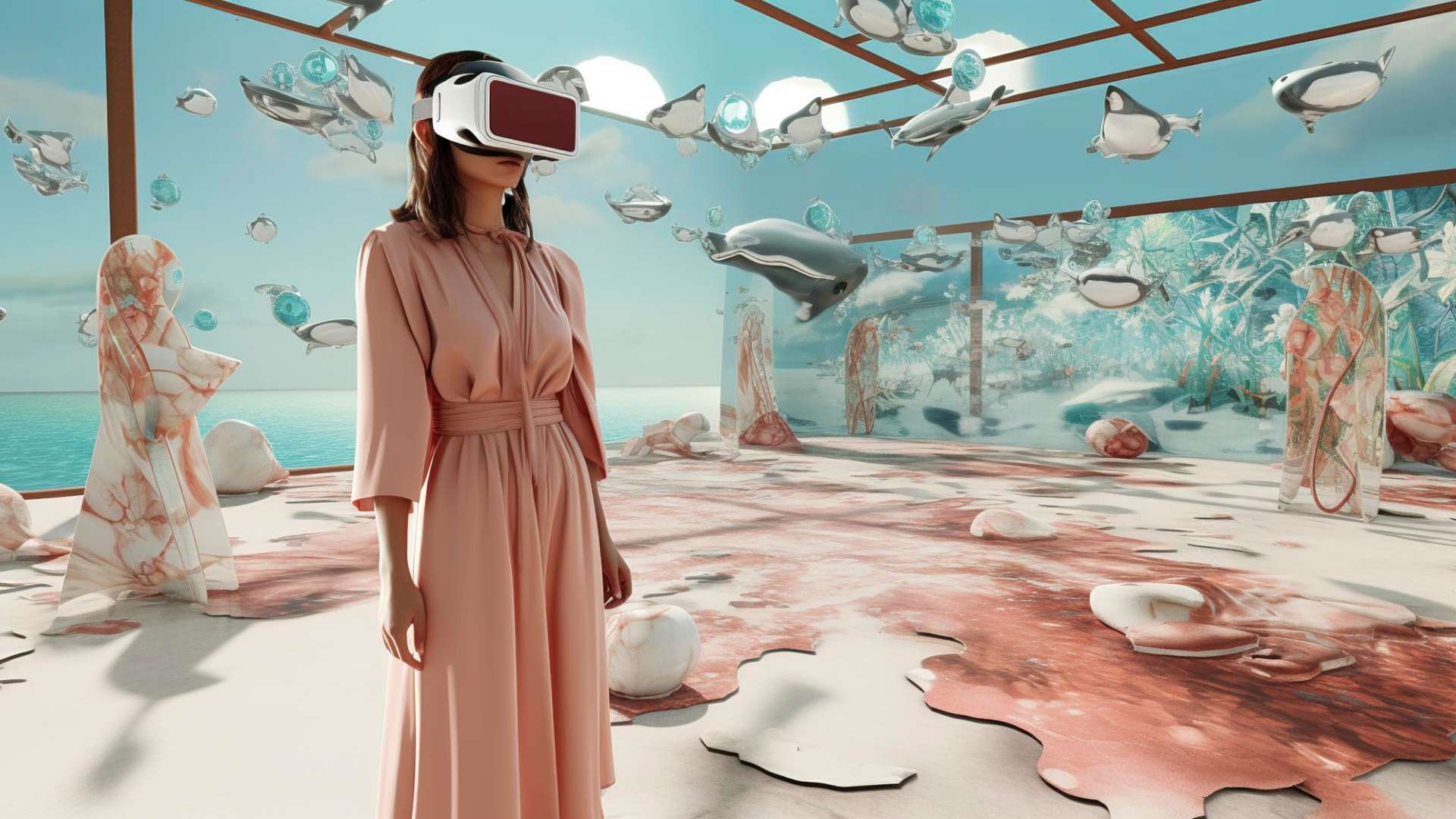Automate to Consolidate: How to cut time from Product Development.

The Product development process by far takes up the longest amount of time from concept to consumer, estimates vary based on the product type; 50-60 percent would be a good average for the industry. This may be as a result of this portion of the product development process being the most creative and the least technology-enabled.
So, obviously this is the area which companies should focus on in terms of finding new technologies to support and condense the process, helping to reduce the overall development time. Let’s consider several examples of how PLM solutions might help to reduce lead times:
Creative design:
• Collaboration of trends and mood boards supported by mobiles devices on the move such as iPhones.
• Deeper integration into third party design and drawing tools located within the Adobe suite and traditional CAD systems.
• Pre-built and standardised clipart images to help designers develop their ideas faster and with greater accuracy linked to extensive parts based library, resulting in fewer and faster sample illustrations and construction drawings.
• Quick estimated costing solution, using smart labour operations linked to clipart.
Material development:
• Collaboration with multiple trend prediction services earlier in the design process.
• Working in collaboration with Mills and component suppliers, using shared data from PLM in the form of XML ,XMP and other data standards that contain the images and metadata to improve deeper integration between partnering business systems including CAD/CAM solutions for pattern development, grading, marker making and N.C. cut data.
• Developments linked to fabric data, providing roll widths, shade batching directly from the weaving/finishing machines to speed up the development process and to enable the markers to be made in advance of the deliveries of the materials.
PDM (Product Data Management):
• Digital (Product Data Management): linked to multiple partners within the extended supply chain using a range of broad and deep digital processes in other words the digital ‘tech pack’ shared with all key stake holders, enabling fast and more accurate products that meet the design objectives.
• Shared XML data with supply-chain partners that will use the data to populate their own internal solutions to help improve accuracy and speed.
Digital Colour Management
• Digital colour management can help take several days out of the average cycle time. I would recommend companies digitise their materials and invest in colour management solutions that enable partners within the supply-chain to self approve colours based on agreed test standards.
I’m certain that many of you reading this short blog can add to the list of ideas to take time out of the product development lifecycle. My final message is automate and collaborate if you want to reduce time to value!
Contact me
Please free to share your experience in assessing and selecting a PLM solution. Email me at mark@whichplm.com I look forward to your feedback.
Mark
Mark Harrop is a leading Apparel PLM expert with more than 34 years experience in the industry. Mark co-founded the Product Development Partnership Ltd, the team of experts behind WhichPLM.




